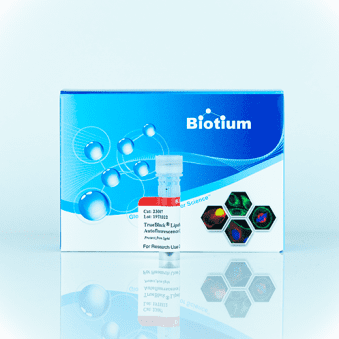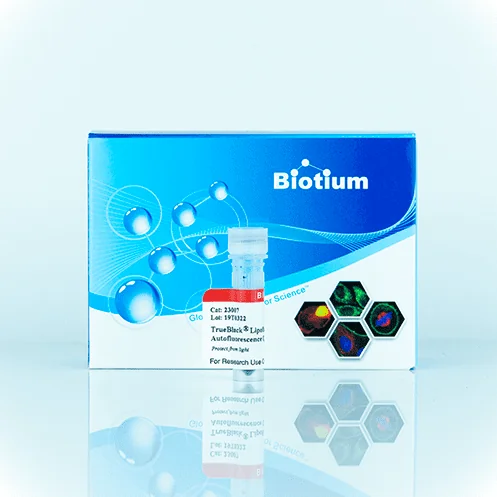- Your cart is empty
- Continue Shopping

TrueBlack® Lipofuscin Autofluorescence Quencher is the preferred quencher for detection of mRNA in human neuronal populations
After testing a panel of lipofuscin quenching methods, including quenching with cupric sulfate, bleaching in Dent’s fixative, detergent extraction, Murray’s clearing, treatment with 8% SDS, and standard Sudan Black blocking, Biotium’s TrueBlack® Lipofuscin Autofluorescence Quencher was determined to be the only acceptable option for overcoming lipofuscin autofluorescence without causing V3HCR signal loss.





